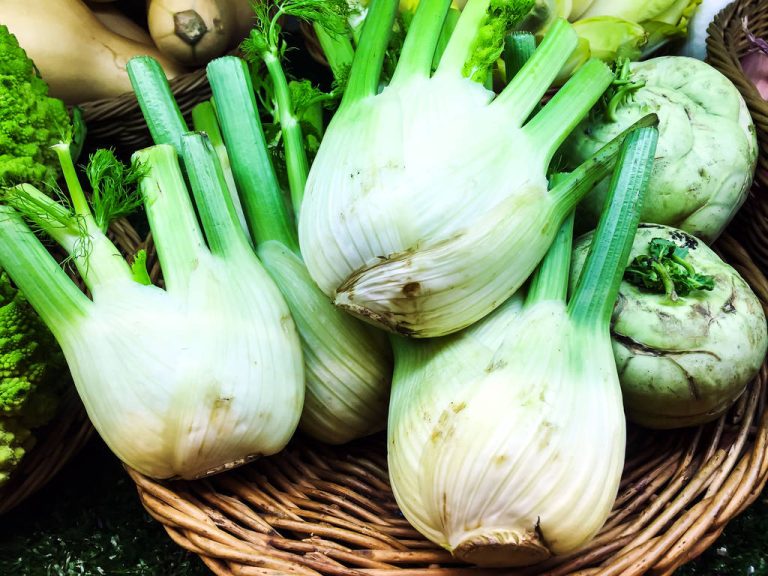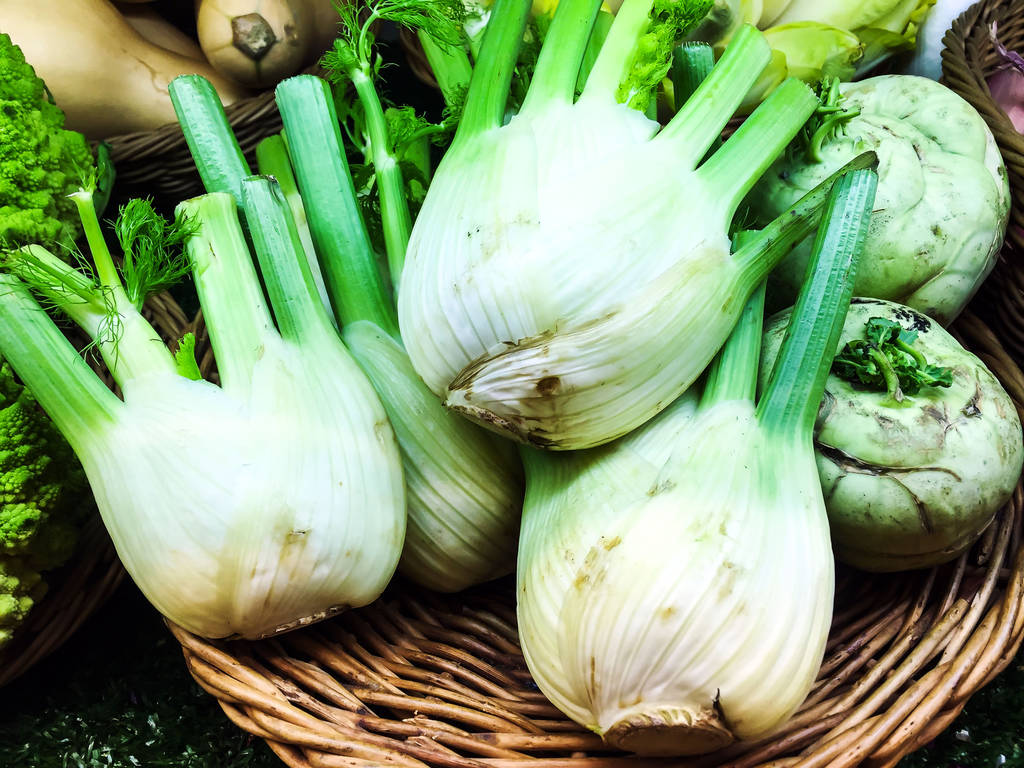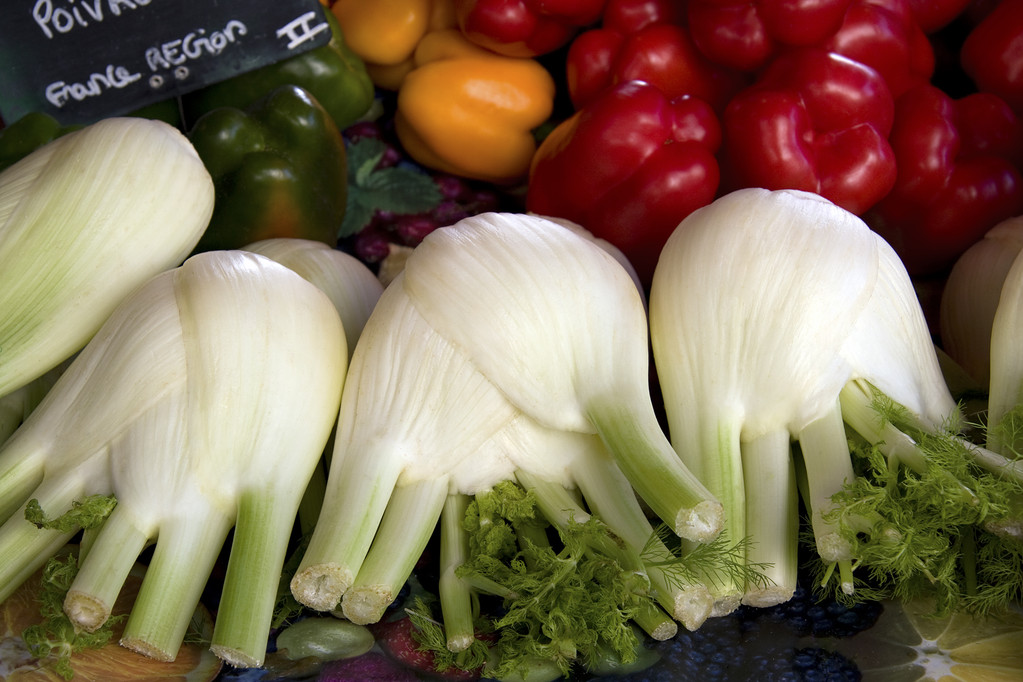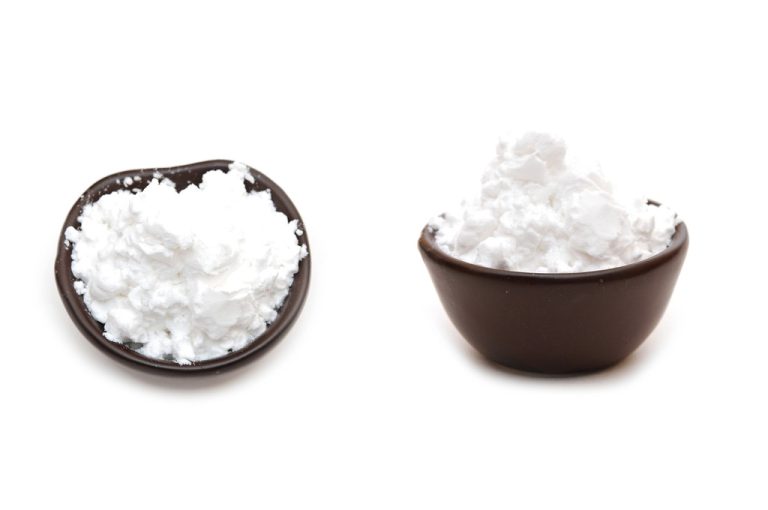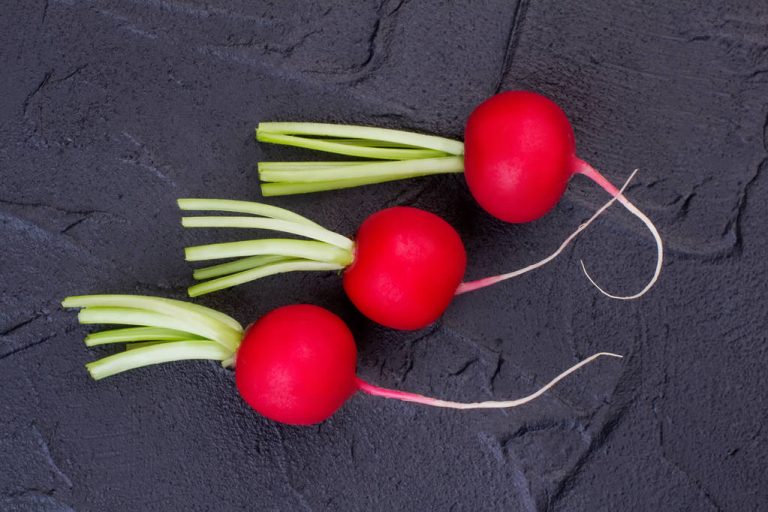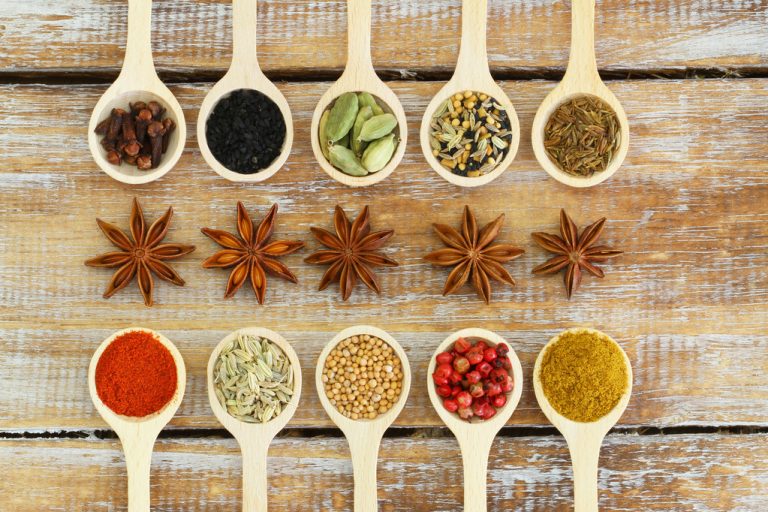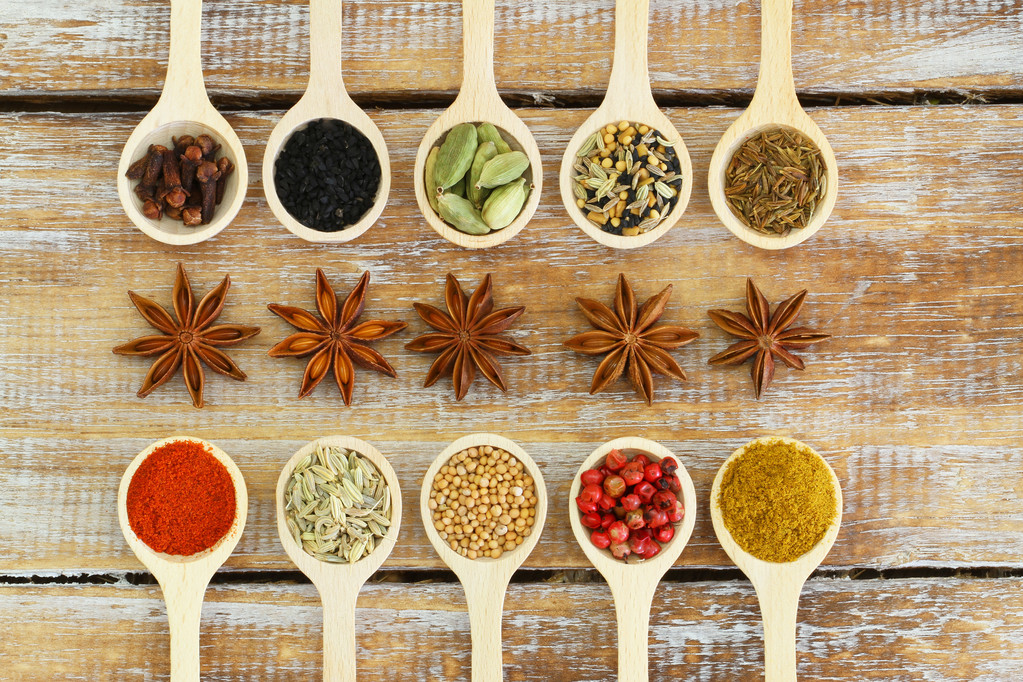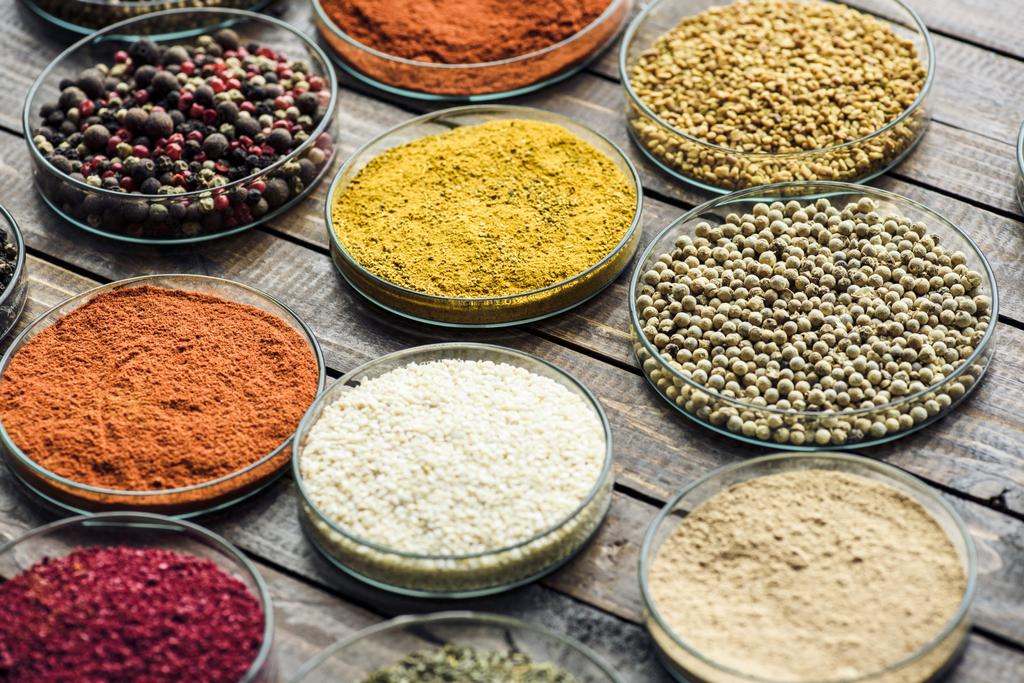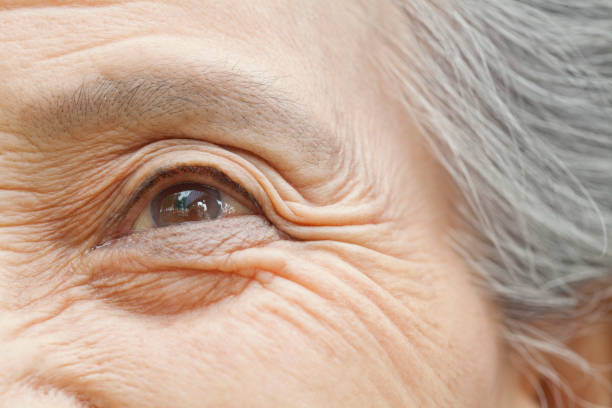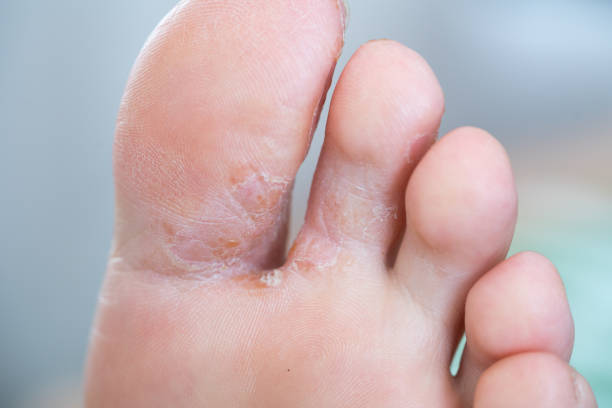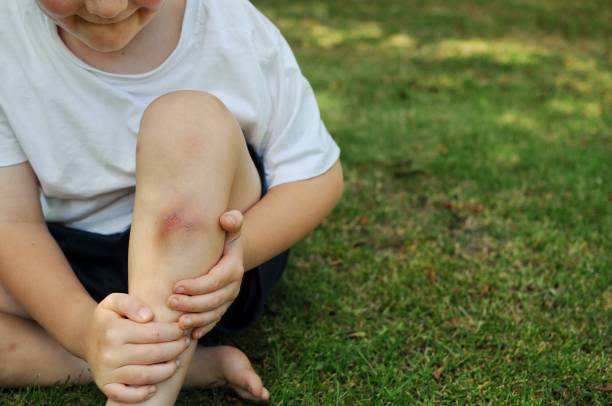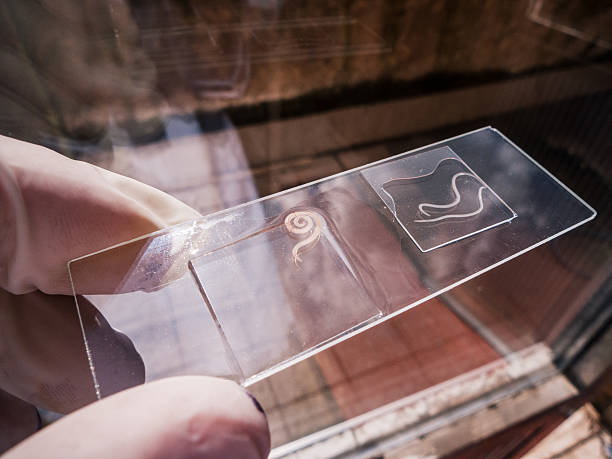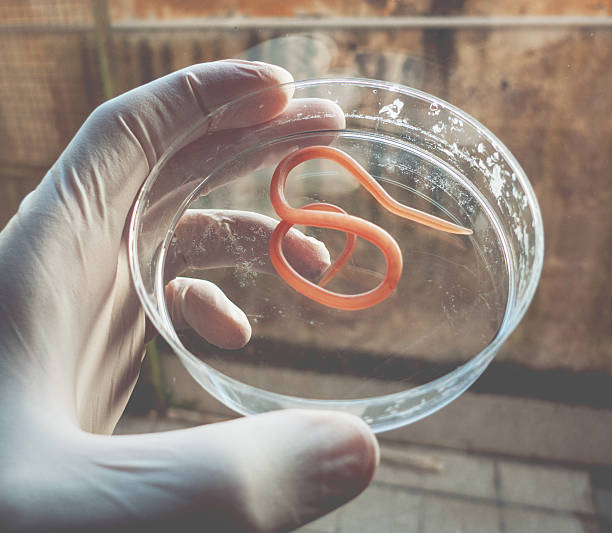There are very good reasons why bronchitis, or a persistent cough, is so common in young children. In fact, bronchial cough is one of the most common diagnostic keys for children’s outpatient visits. Parents need to know that not all coughs are bad and that there are many effective home remedies for persistent coughs.
There are very good reasons why persistent coughing is so common in young children. In fact, bronchial cough is one of the most common diagnostic keys for children’s outpatient visits. Parents need to know that not all coughs are bad and that there are many effective home remedies for persistent coughs, some of which I describe below.
Slime is “good”
It is normal for children to have a phlegm cough. Still, many parents think that a child who has a wet mucous cough is sick. Unless the child is wheezing or feverish, a wet loose cough does not indicate a problem with lung function; it’s actually a natural protective response. Slime is “a good thing”. It is enriched with antibacterial and antiviral properties, including anti-adhesives that interfere with the ability of bacteria to adhere to the respiratory tract.

However, bronchitis is a different matter altogether. Here are some home remedies recommended for children with a persistent cough due to bronchitis:
1. Rosehips
Rose hips as a cough remedy are used throughout northern Europe and Siberia as they are a source of vitamin C. Rosehips are rich in bioflavonoids that help “loosen” mucus. Rose hips are widely used in many decaffeinated fruit teas.
2. Cranberry Juice
Cranberry juice has been shown to help protect against viral infections by interfering with the ability of viruses to stick to the cell. This effect is in addition to its vitamin C content and known protective role against urinary tract infections (by reducing the ability of gram-negative bacteria to attach to the bladder wall). A gram of cranberry juice can be added to rosehip tea or lemonade, or mixed with applesauce and served with a spoon. In addition, read more about superfoods and their benefits.
3. Elderberry
Elderberry syrup is widely used in Scandinavia and Israel. It probably has the same characteristics as the grape and the cranberry.
4. Green Tea
Green tea is packed with bioflavonoids that enhance the antibacterial/antiviral properties of the mucosa. Many people claim that their child doesn’t like tea but will drink it if mixed with a little lemon.
5. Licorice tea
Licorice tea is available in specialty stores across the Middle East. Licorice is also used in cough medicine in Israel.
6. Honey
Children’s Literature recently reported the results of a targeted study at a Pennsylvania hospital that showed a teaspoon of buckwheat honey helped calm a cough. However, only children older than one year can be provided with honey due to the risk that botulism spores can germinate in the gastrointestinal tracts of young children. To learn more about honey as a remedy.
7. Saltwater
saltwater mist. In many European countries, visiting the sea was a treatment for bronchitis and asthma. Studies in Australia of patients with cystic fibrosis showed that those with asthma who surfed had better lung function than those who didn’t. This led to the discovery that salt mist helped increase the efficiency of the cilia’s “brushing” action. Three percent saline inhalation treatments are included in the management of many children with bronchitis.

No more driving to the coast: parents who want to make their own saltwater can sprinkle a few tablespoons of kosher or sea salt in the bottom of the bathtub and turn on the hot water shower faucet while the bathroom door is closed. When the water meets the salt, a beautiful mist forms. You can then insert the stopper and start filling the bath with warm water.
8. Breast massage
Around the world, there are various forms of breast rubs that contain eucalyptus or camphor compounds, which provide a feeling of warmth against the skin. Parents report that chest rubs appear to help with a persistent cough, but evidence-based studies are sparse. Rubbing with sesame oil also has a positive effect.
In addition to the massage, many make an infusion of thyme leaves to loosen mucus. You put 1 teaspoon of thyme in a tea infuser and add hot water to make a tea. When it has cooled down enough, drink the tea with honey. Another cough suppressant is ivy juice syrup, which is available at some health food stores.

